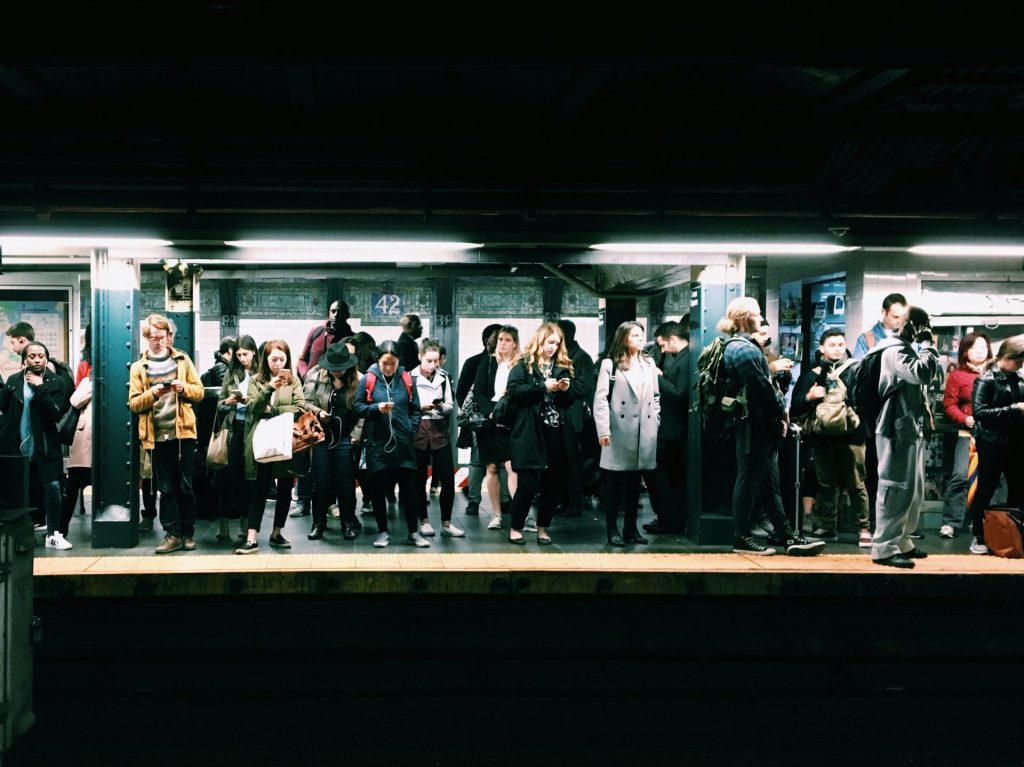AI Surveillance Cracks Down on NYC Fare Evasion
The New York City Metropolitan Transportation Authority (MTA) is implementing AI surveillance technology in seven subway stations to combat fare evasion. By evaluating the financial impact of fare evasion, estimated to have reached around $690 million last year, the MTA aims to develop effective strategies for reducing fare evasion incidents. The AI system employs advanced algorithms to analyze real-time video feeds and identify unauthorized entry or usage of the subway system. When detected, MTA officials are notified to take proper action against fare evaders, thus deterring future attempts and safeguarding revenue.
In partnership with Spanish AI software company AWAAIT, the MTA uses real-time AI surveillance, transmitting images of fare violations directly to ticket inspectors’ smartphones. AWAAIT’s monitoring tools are currently employed in various cities, including New York and Barcelona. This cutting-edge technology seeks to reduce fare evasion by enabling ticket inspectors to swiftly identify and confront violators, ensuring all passengers pay the correct fare for transportation services. The successful implementation of AWAAIT’s AI-powered systems in New York and Barcelona illustrates its potential to expand into other major cities, assisting public transportation authorities worldwide in battling fare evasion more effectively.
Although AI technology presents significant opportunities to decrease fare evasion and promote rider integrity, concerns have arisen regarding potential drawbacks of AI surveillance. Critics contend that AI surveillance may violate individual privacy rights and contribute to a large-scale monitoring society. There are also concerns about potential abuses or misuses of the technology, which could result in racial profiling, false positives, and unwarranted enforcement actions.
David Ly, founder of Iveda, an AI and smart city technology firm, highlighted that while AI can boost the efficacy of subway cameras, improper utilization of the technology could lead to problematic situations. Privacy and surveillance concerns may trigger discontent among citizens and evoke ethical dilemmas. Striking a balance between leveraging AI’s potential for enhanced security and respecting privacy rights is crucial to avoid such problems.
Albert Fox Cahn, founder and executive director of the Surveillance Technology Oversight Project (STOP), expressed concerns about transparency and accountability in managing privacy risks linked to this technology, particularly as the MTA is collaborating with a foreign company to monitor riders without their consent. Cahn emphasized the need to balance public safety through surveillance with protecting individuals’ privacy rights. He urged the MTA and other stakeholders to develop clear guidelines, oversight mechanisms, and proper public disclosure to minimize potential privacy breaches and foster trust among riders.
See first source: Fox News
FAQ
What is the purpose of AI surveillance technology in subway stations?
The Metropolitan Transportation Authority (MTA) is implementing AI surveillance technology in seven New York City subway stations to combat fare evasion. By analyzing real-time video feeds, the AI system can identify unauthorized entry or usage of the subway system and allow MTA officials to take action against fare evaders.
Which company is partnering with MTA for AI surveillance implementation?
The MTA has partnered with Spanish AI software company AWAAIT to implement real-time AI surveillance in subway stations. This technology transmits images of fare violations directly to ticket inspectors’ smartphones, allowing quicker action against fare evaders.
What concerns have arisen regarding AI surveillance technology?
Critics argue that AI surveillance technology may violate individual privacy rights and contribute to a large-scale monitoring society. There are also concerns about potential misuses of the technology, which could result in racial profiling, false positives, and unwarranted enforcement actions.
How can privacy and security be balanced with AI surveillance implementation?
Striking a balance between leveraging AI’s potential for enhanced security and respecting privacy rights is crucial to avoid problems. Developing clear guidelines, oversight mechanisms, and proper public disclosure can help minimize potential privacy breaches and foster trust among riders.
What has Albert Fox Cahn said about transparency and accountability in managing privacy risks?
Albert Fox Cahn, founder and executive director of the Surveillance Technology Oversight Project (STOP), expressed concerns about transparency and accountability in managing privacy risks linked to AI surveillance technology. He emphasized the need to balance public safety through surveillance with protecting individuals’ privacy rights and urged the MTA and other stakeholders to develop clear guidelines and oversight mechanisms for proper public disclosure.
Featured Image Credit: Photo by Eddi Aguirre on Unsplash; Thank you!




























